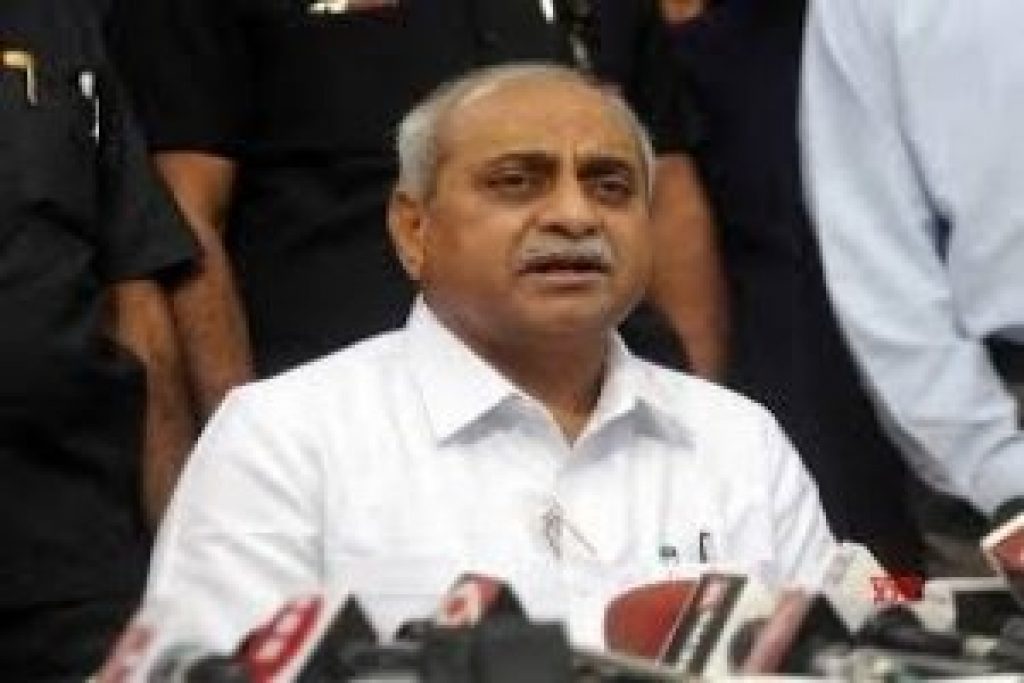Gujarat Finance Minister Nitin Patel presented Rs 2,04,815 crore budget – the state’s highest-ever – for 2019-20, with an overall surplus of Rs 572 crore and additional taxes to the tune of Rs 287 crore.
Presenting his seventh budget, Patel called it a “historical moment as the first time since the formation of the state, a budget size of over Rs two lakh crore is being presented in this house”.
The state government had adopted a vote-on-account earlier in February ahead of the Lok Sabha elections with gross surplus estimates of Rs 12,241 crore without any new tax proposals.
In the modified budget on Tuesday, the Finance Minister estimated revenue receipts of Rs 1,54,732 crore as against the revenue expenditure of Rs 1,51,858 crore for 2019-20. Capital receipts are estimated at Rs 43,215 crore and capital expenditure, including loan and advances, is estimated at Rs 51,004 crore.
In his speech, Patel said that the Budget had laid stress on five sectors – water management, green and clean energy, environment, agriculture and farmer welfare, and employment.
He said the government was committed to spend about Rs 20,000 crore over the next three years to ensure that no household in Gujarat was left without tapped drinking water. In the renewable energy sector, there are plans to increase the installed capacity to 30,000 megawatt (MW) by 2022 from 8,885 MW at present.
With a view to encouraging roof-top solar power generation, subsidy has been announced at 40 per cent for up to 3 KW systems and 20 per cent for capacity in the range of 3-10 KW. He said the aim was to cover 2 lakh families under roof-top solar projects, while currently about 50,000 families use this facility.
The Finance Minister gave an undertaking that all 1.25 lakh pending requests for agricultural power connections would be met during the next one year.
He stated that subsidies worth Rs 1,131 crore had already been disbursed as first two installments to 28 lakh farmers under the Pradhan Mantri Kisan Samman Yojana.
Patel told the House that the state’s economy had clocked “an impressive growth of 10 per cent (at constant rates) during the last six years, which is the highest among the major states of the country. Keeping the pace of high growth rate, the economy of the state has achieved 11.2 per cent growth rate in the year 2017-18”.
He also proposed to increase the electricity duty on industrial units consuming captive power as well as hike the stamp duty, which was charged at fixed rates on the instruments. Those with ad-valorem charges were left unchanged.
Different Schemes
Vhali Dikri Yojana: The new scheme introduced to improve girl childbirth rate of the state.
The Financial assistance will be given to a girl child from Rs.4,000 to Rs.l lakh.
Sauni Yojana Scheme: Rs.7,1 57 crore allocated for this scheme.
The other water supply schemes are used for irrigation and drinking water.
Sarovar Narmada Yojana: The main aim is to bring water to canal network to field the state.
The allotted amount for the state is around Rs.6,595 crore
House for all: Rs.1 248 crore budget made & 4.8 lakh housing units have been sanctioned.
